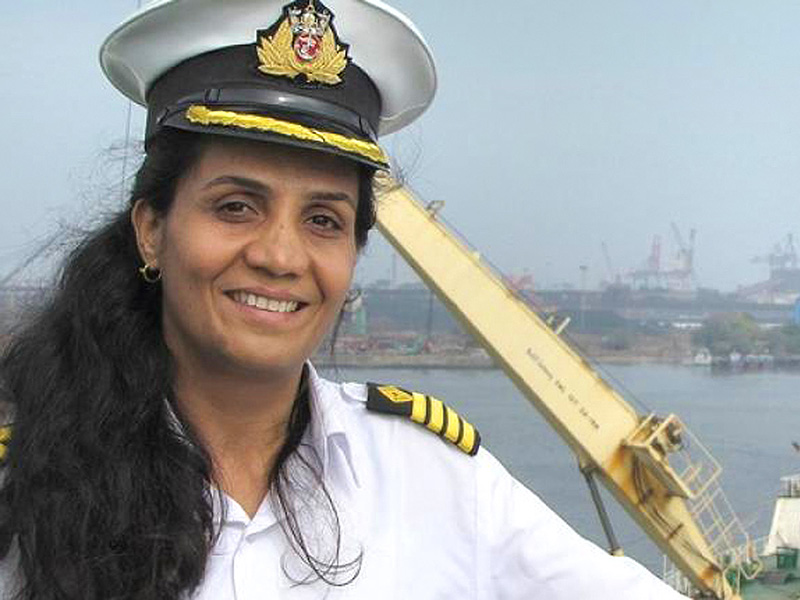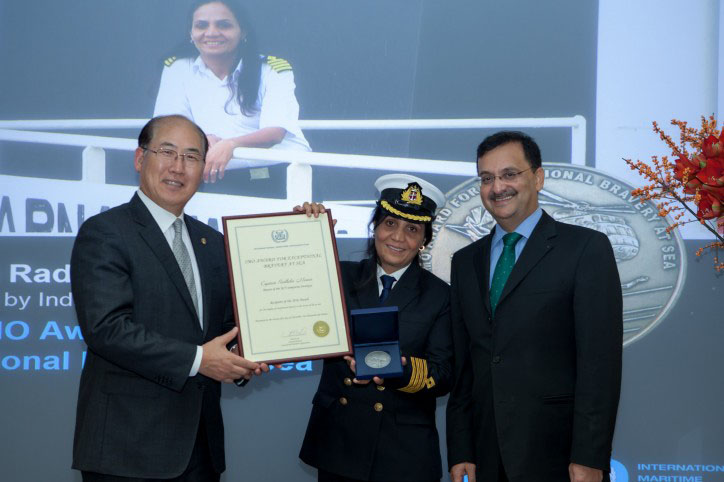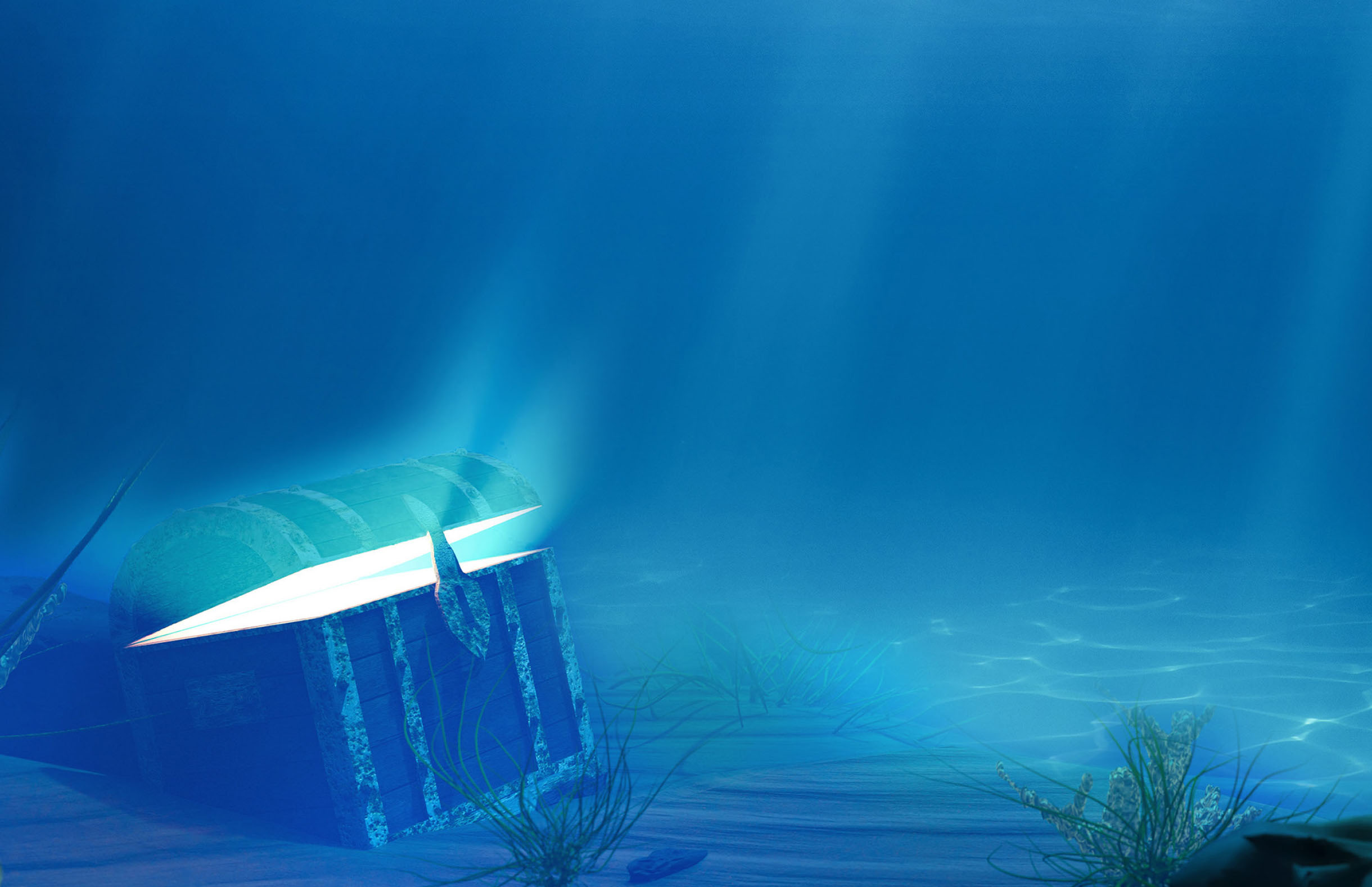
Have a look at India on the map of the world. What do you see? You should be able to pick out the major cities of Mumbai, Delhi, Kolkata and Chennai. You’ll probably also be struck by how much of the country is surrounded by water: the Arabian Sea to the west; the Bay of Bengal to the east; and the vast expanse of the Indian Ocean surrounding India’s southern coastline.
If you were to walk the whole length of India’s coastline, apart from having big blisters on your feet, you would cover an amazing 4,671 miles, or 3,124 kilometres. That’s roughly the same distance as a flight from London to Mumbai. Even flying at over 500 miles per hour it still takes more than nine hours.
So your walk along India’s coast will take a very long time indeed. On your way, you will pass through Kerala in the south west of the country; and here you will see the port of Kochi, sometimes still called by its old name of Cochin. As one of the great natural ports of the world, Kochi has always been a busy place for trade and shipping. It’s both special and very important today because it is only 12 miles or 20 kilometres from the direct Middle East to Far East shipping route.
No wonder, then, that girls and boys living there are excited by life at sea. One girl in particular decided that nothing would stop her from going to sea. Radhika Menon of Kodungallur in the Thrissur District of Kerala set her sights on the Indian Merchant Navy. As she was growing up she became aware of fewer options for girls. Radhika strongly believed that it should not matter whether you were a girl or a boy. She looked for a profession that wasn’t already open for girls. Knowing that education was the key to a successful career, she made the final year school exams her priority.
Good grades meant that the Indian Merchant Navy accepted her application, recruiting her as a trainee radio officer. Radhika loved the radio officer’s course, worked hard and successfully completed it, qualifying as the first woman radio officer in the Indian Merchant Navy. While serving as radio officer on the ship she developed an interest in ship navigation and decided to change to a navigating officer. Determined to push herself still harder, Radhika increased her knowledge and skills by sitting and passing more exams, proving her seamanship. By 2010 she was ready for the master’s certificate, the exam that would qualify her as a captain. Success! She passed.
That’s how the first female captain in the Indian Merchant Navy became Master of the oil products tanker Sampurna Swarajya. As captain she had been trained to expect the unexpected. It was on June 22nd 2015 when the unexpected happened, a far greater test than any exam or routine running of the ship.
Tossing and pitching in seas with waves higher than 25 feet (nearly 8 metres), torrential rain and winds stronger than 60 knots (69 miles per hour) the Sampurna Swarajya was making heavy weather of its passage across the Bay of Bengal.
In spite of the poor visibility, the second officer thought he could see something. It looked like a boat in distress. Further checks with binoculars and the ship’s instruments revealed a fishing boat adrift, just over a mile (2.5 kilometres) away from the Sampurna Swarajya.
On board were seven fishermen in fear of their lives, in danger of being overwhelmed by the mountainous seas and the storm raging around them. The situation could not have been worse. Adrift. Anchor lost. Food and water washed away. Engine failed. Apart from the threat of being capsized and sunk by the storm at sea, they could easily have been swept on to the rocks.
For a ship the size of the Sampurna Swarajya at 22,800 tonnes and 568 feet (173 metres), even getting close would be dangerous. In such a heavy swell the fishing vessel could be smashed against the side of the giant tanker.
Captain Menon had no hesitation. She ordered a change in course towards the stricken Indian fishing boat. The commands came loud and clear: Get the pilot ladder ready on the side of the ship. Prepare life jackets. Put the buoys on standby. Bring the ship alongside the fishing boat as quickly and as safely as possible.
With no power to steer or control it, the fishing boat bashed the buoys hung down from the side of the ship. The tired and weak fishermen, helped by the oil tanker’s crew, reached out to catch the swinging ladder and to climb up to safety.
Twice they failed, defeated by the wind and the rain and the sea. Third time lucky, they caught hold of it and the seven men, including a teenage boy of 15 hung on and climbed up to the vast deck of the Sampurna Swarajya.
Captain Radhika Menon had held her nerve and shown great courage in the most treacherous conditions at sea.

She believes that being captain of a ship is a job that any woman can do. It should be nothing to do with gender, she says. All that matters is doing the job well. Just how well she does her job is clear by the extraordinary rescue operation she mounted.
The International Maritime Organisation, or IMO, thinks so too. That’s how Radhika Menon became the first woman, and the first captain in the Indian Merchant Navy, to receive the IMO Awards for Exceptional Bravery at Sea.
Written by Laurence Brady
With thanks to Captain Radhika Menon

